Microsoft Adaptive Accessories review
Microsoft Adaptive Accessories: One-minute review
Microsoft has been leading the proverbial charge for accessible technology for a while now, and the Microsoft Adaptive Accessories continues that trend.
This line of PC peripherals feature four products, each with its own unique properties and purposes. We have the adaptive mouse along with a separate mouse tail and thumb support; the adaptive hub that works as a hybrid remote and keyboard that also connects and controls other devices; and the adaptive D-pad controller that can also be turned into a dual button and joystick controller.
Each product is 3D printed and is meant for easy disassembly and reassembly in order to combine different pieces together to create new gadgets, with the adaptive hub as the control center helping to manage all those specialized macros. Of course, you can set macros for each device on its own but the hub makes it easier to organize and even set unique profiles.
Because each device is 3D printed, the material used to build them is plastic, but the quality is still pretty solid and each one is Bluetooth compatible. However, these devices do have a learning curve, especially when it comes to setting unique macros for them. And while the official Microsoft page does have an FAQ on how to use them, it would have been more useful to include instructions in the packaging itself.
Once you start to learn the ropes of customizing your accessories, it becomes much easier and you realize just how complex and flexible the programming is for them. Not to mention how simple it is to physically customize them with different parts in order to better suit the needs of the user.
Microsoft Adaptive Accessories: Price and availability
- How much does it cost? Adaptive Mouse: $45 (£44 / AU$83); Adaptive Mouse Tail and Thumb Rest: $15 (£15 / AU$28); Adaptive Hub: $50 (£58 / AU$110); Adaptive D-pad: $40 (£39 / AU$73).
- Where is it available? Available now
- Where can you get it? Available in the US, UK, and Australia
Microsoft has ensured that these adaptive accessories are available in multiple regions, including both the UK and Australia. The Adaptive Mouse is $45 (£44 / AU$83), with the bonus Adaptive Mouse Tail and Thumb Rest costing $15 (£15 / AU$28). The Adaptive Hub is $50 (£58 / AU$110), and the Adaptive D-pad Button is $40 (£39 / AU$73).
And while the pricing itself isn’t too bad, it’s still a little on the steep side for those who may not have a surplus of funds to purchase the base accessory and the customization pieces. But it’s also important to consider that the tech going into these devices isn’t cheap, and neither is the build quality, despite being 3D-printed items.
- Value: 4.5 / 5
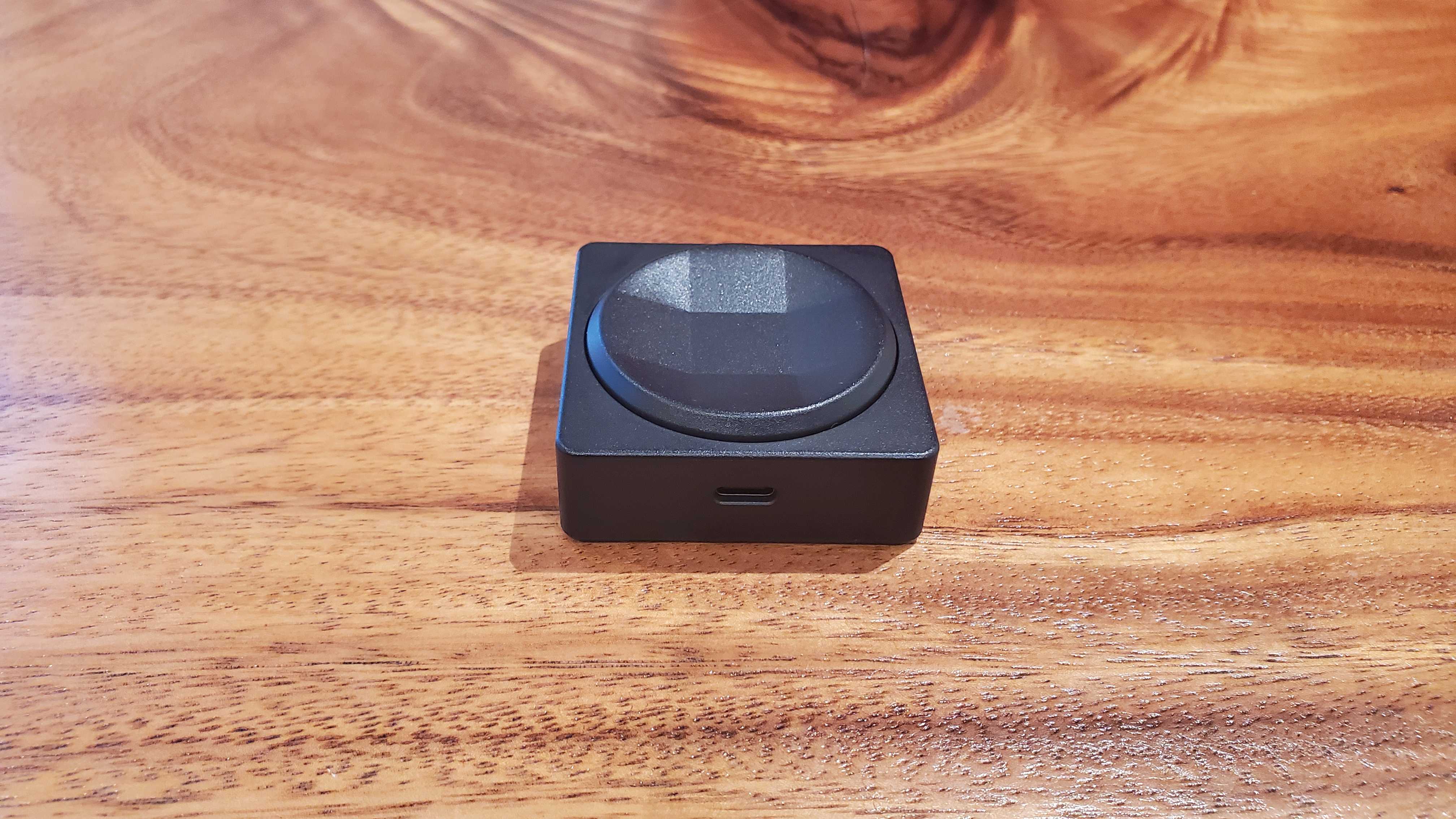
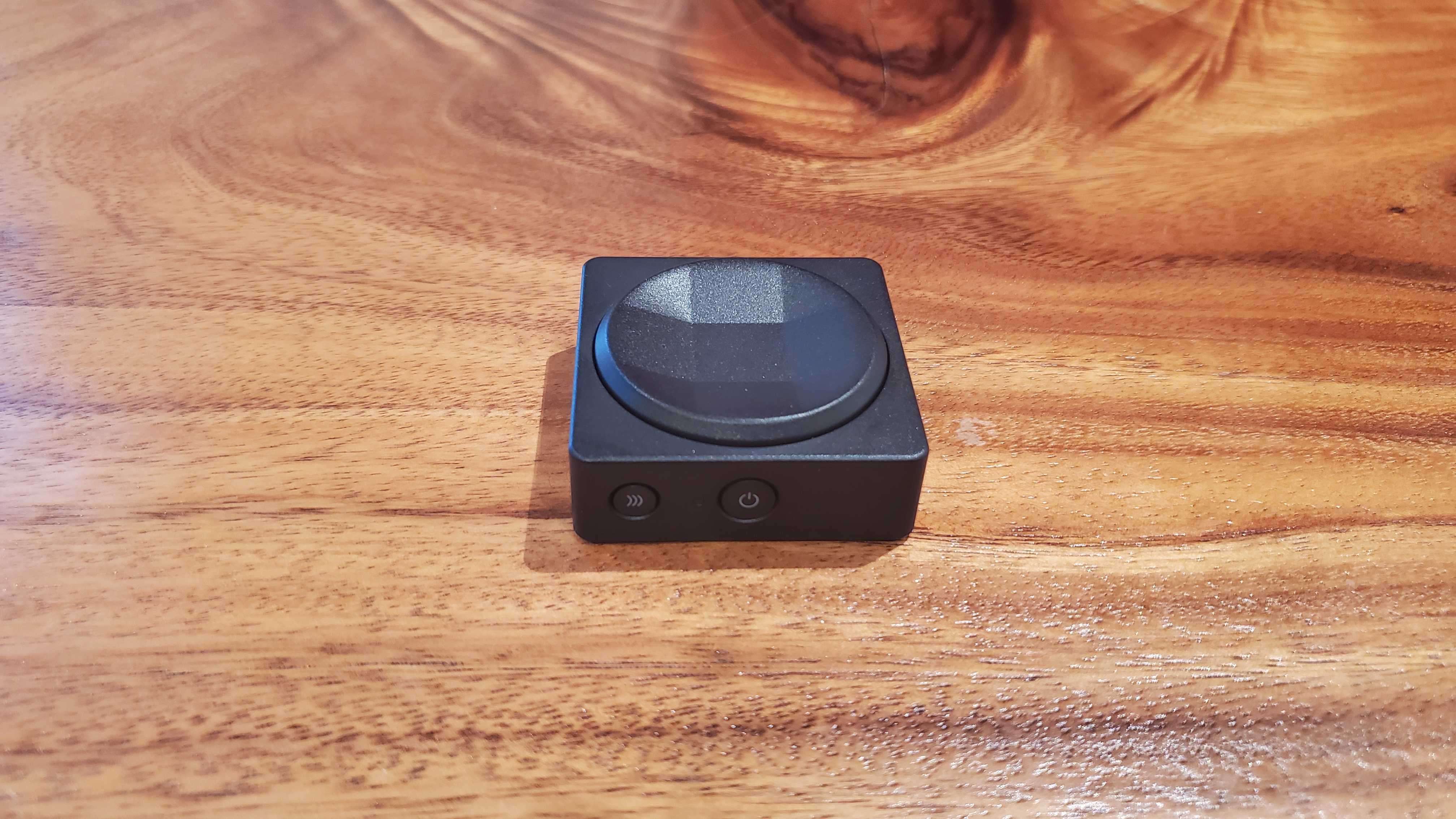
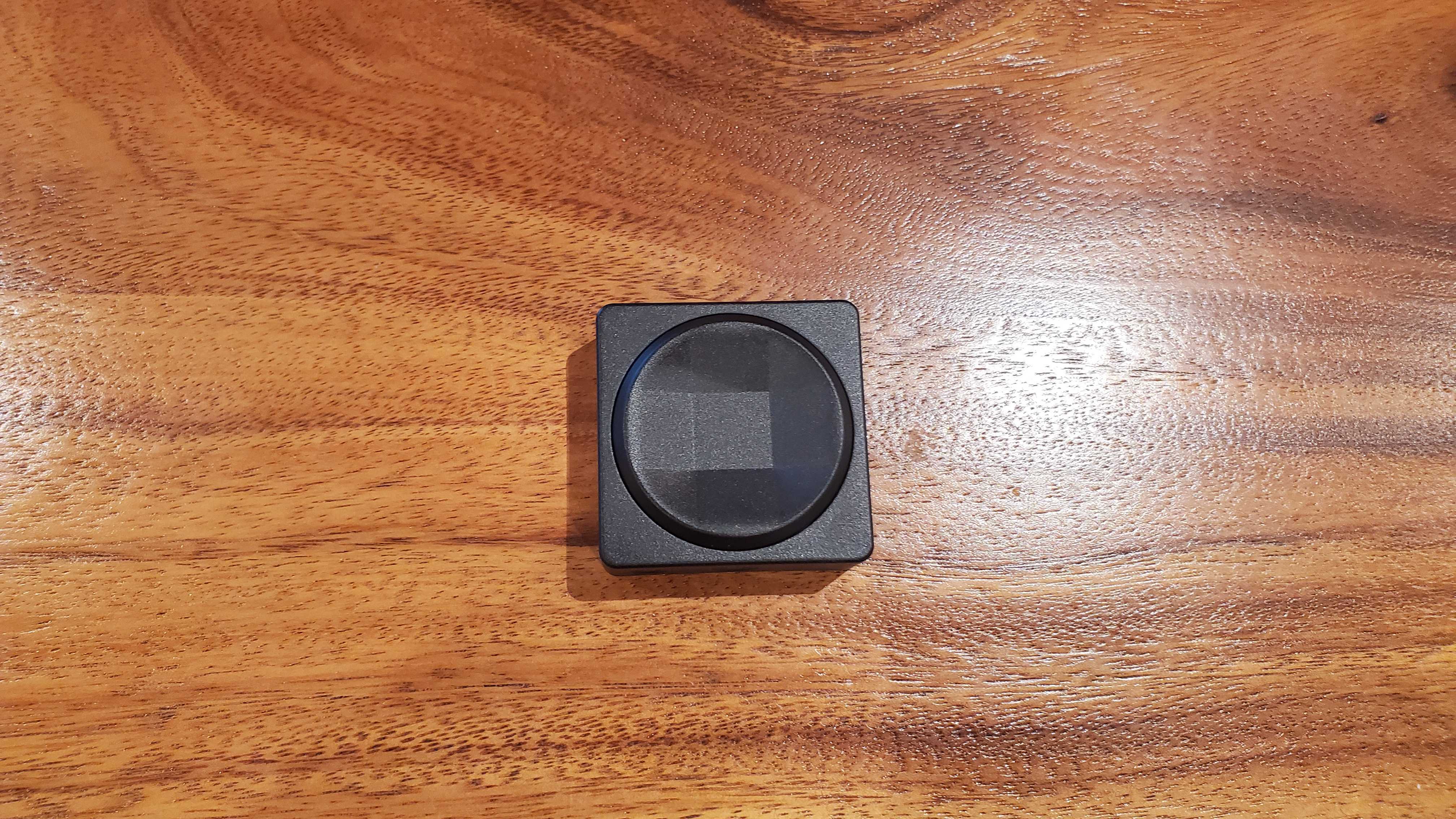
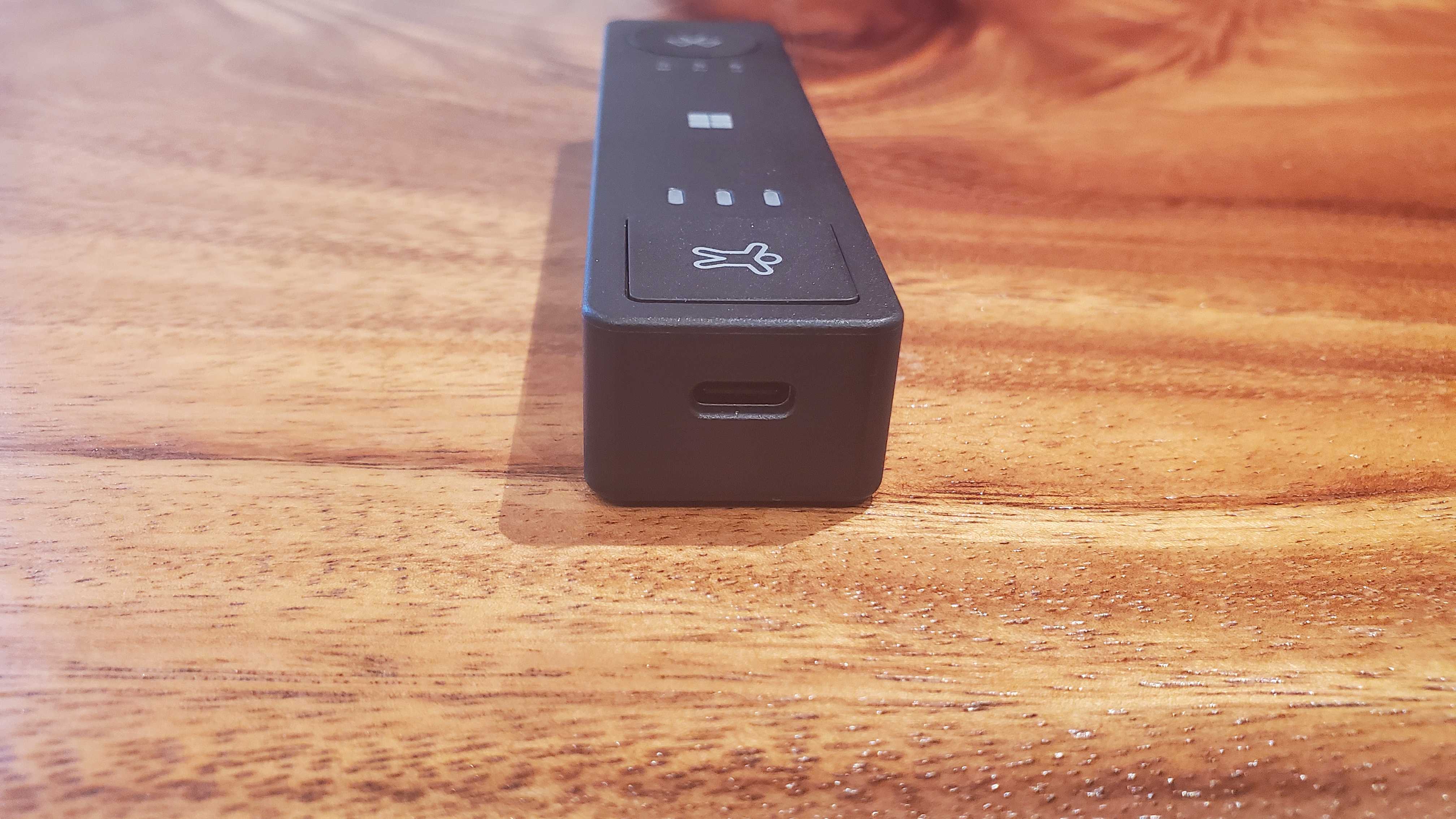
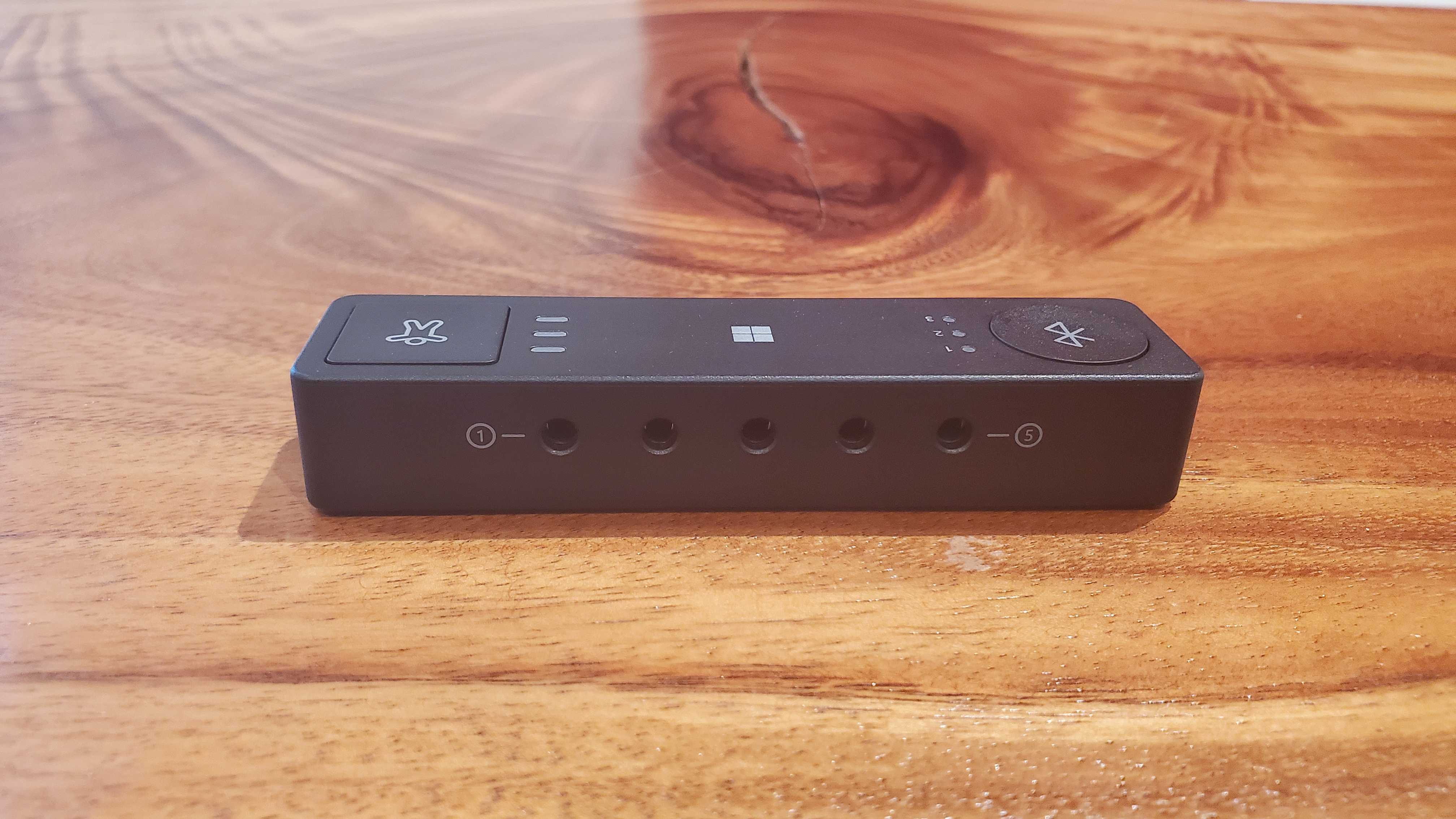
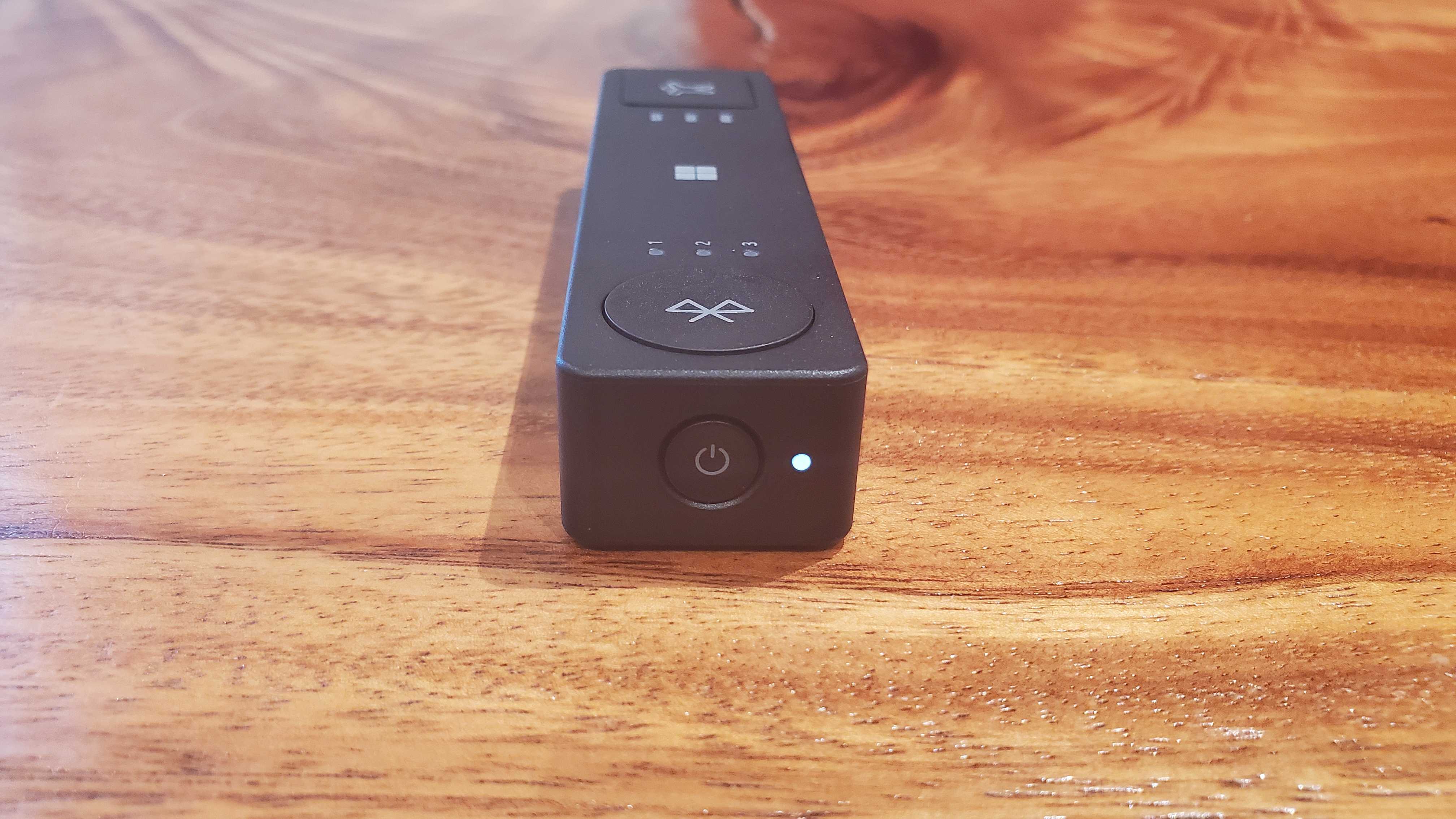
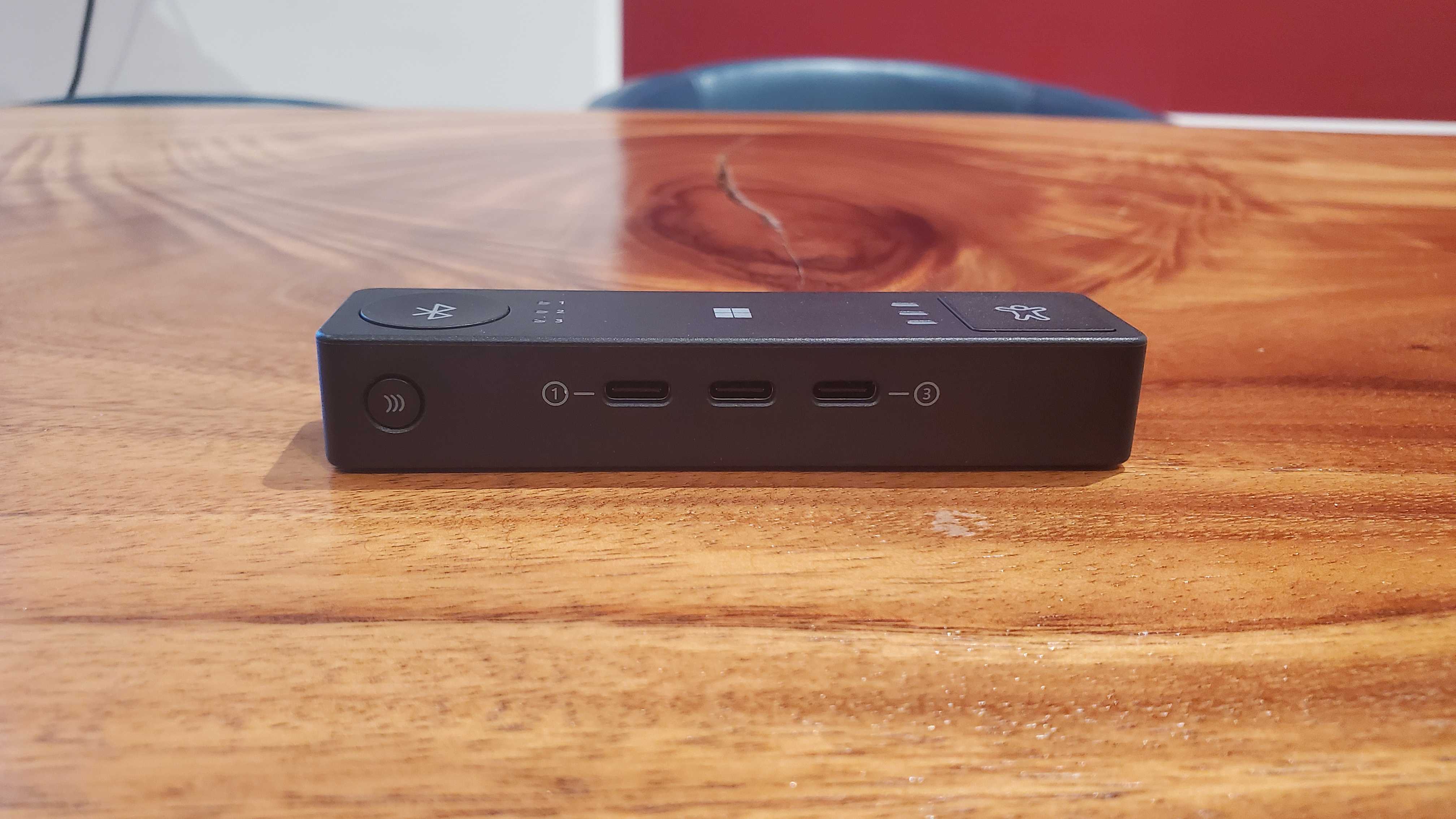
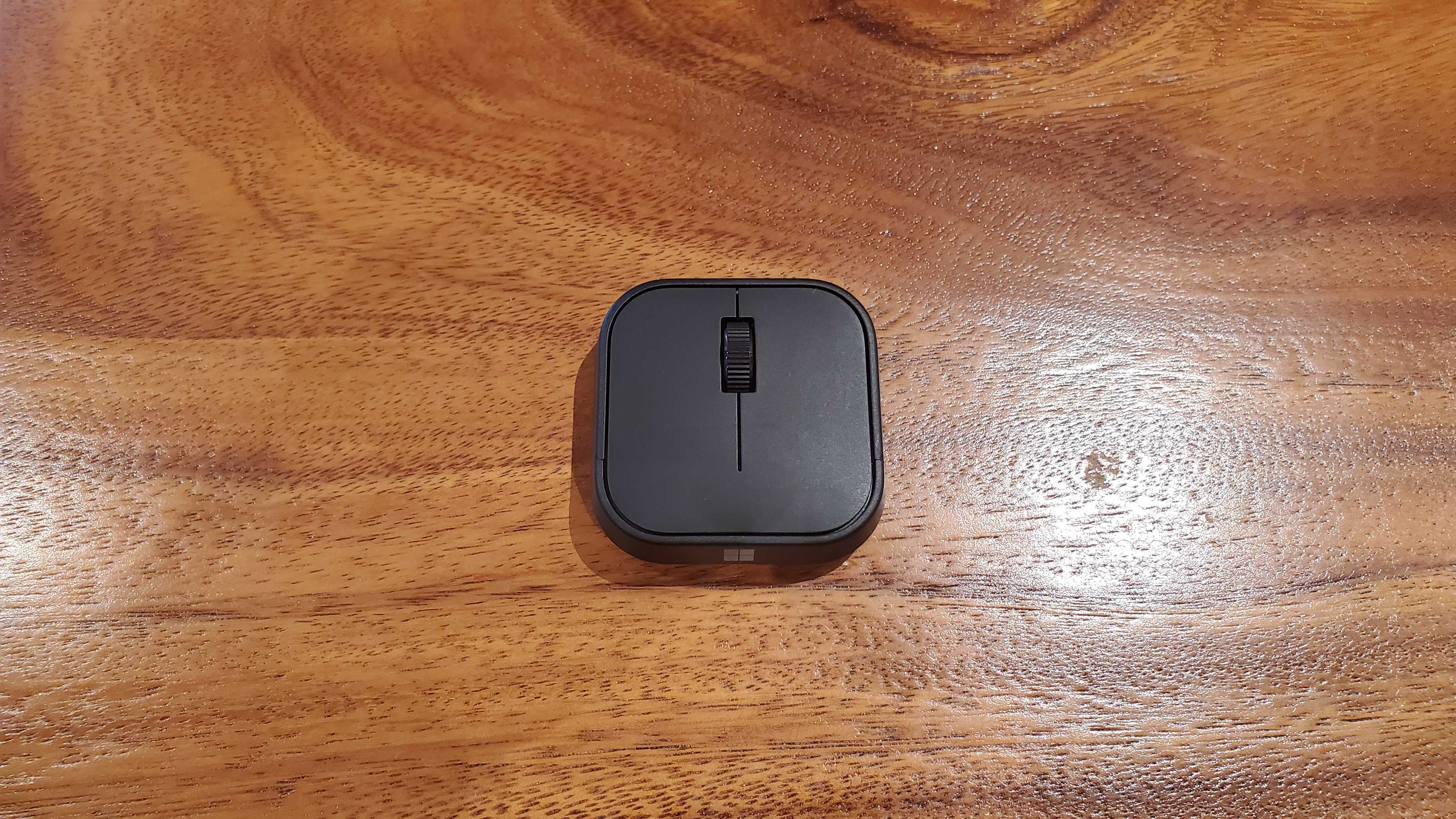
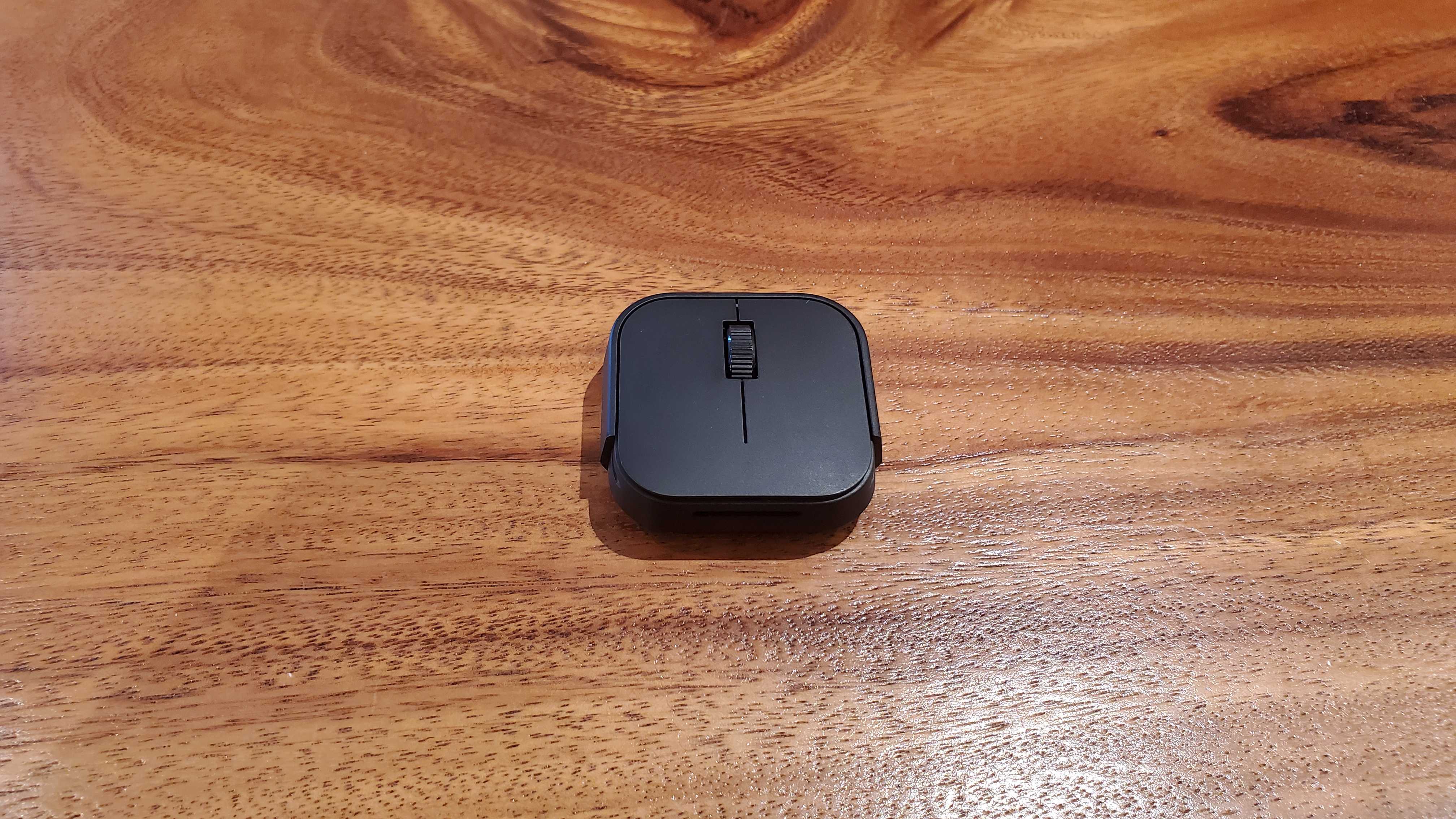
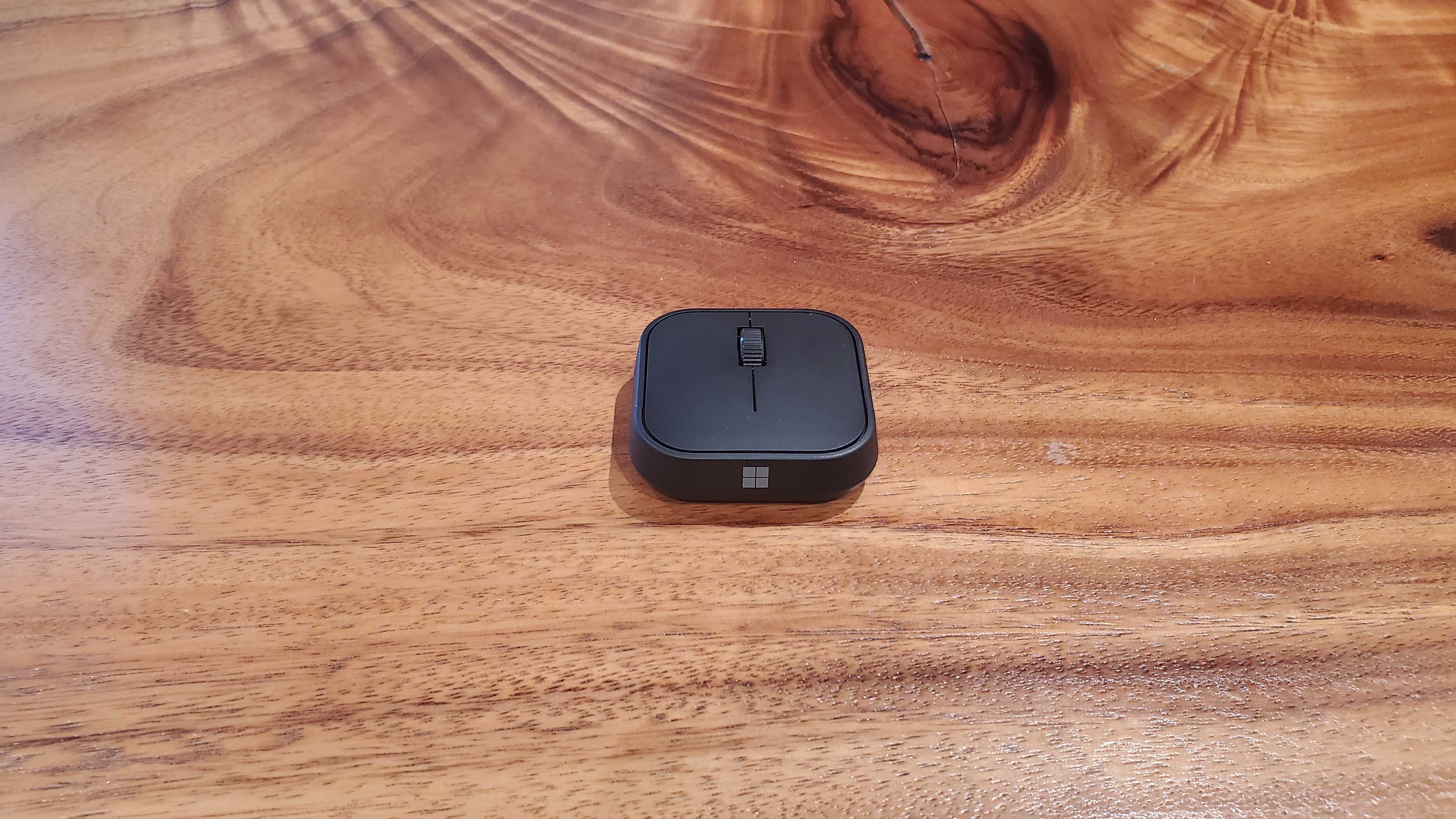

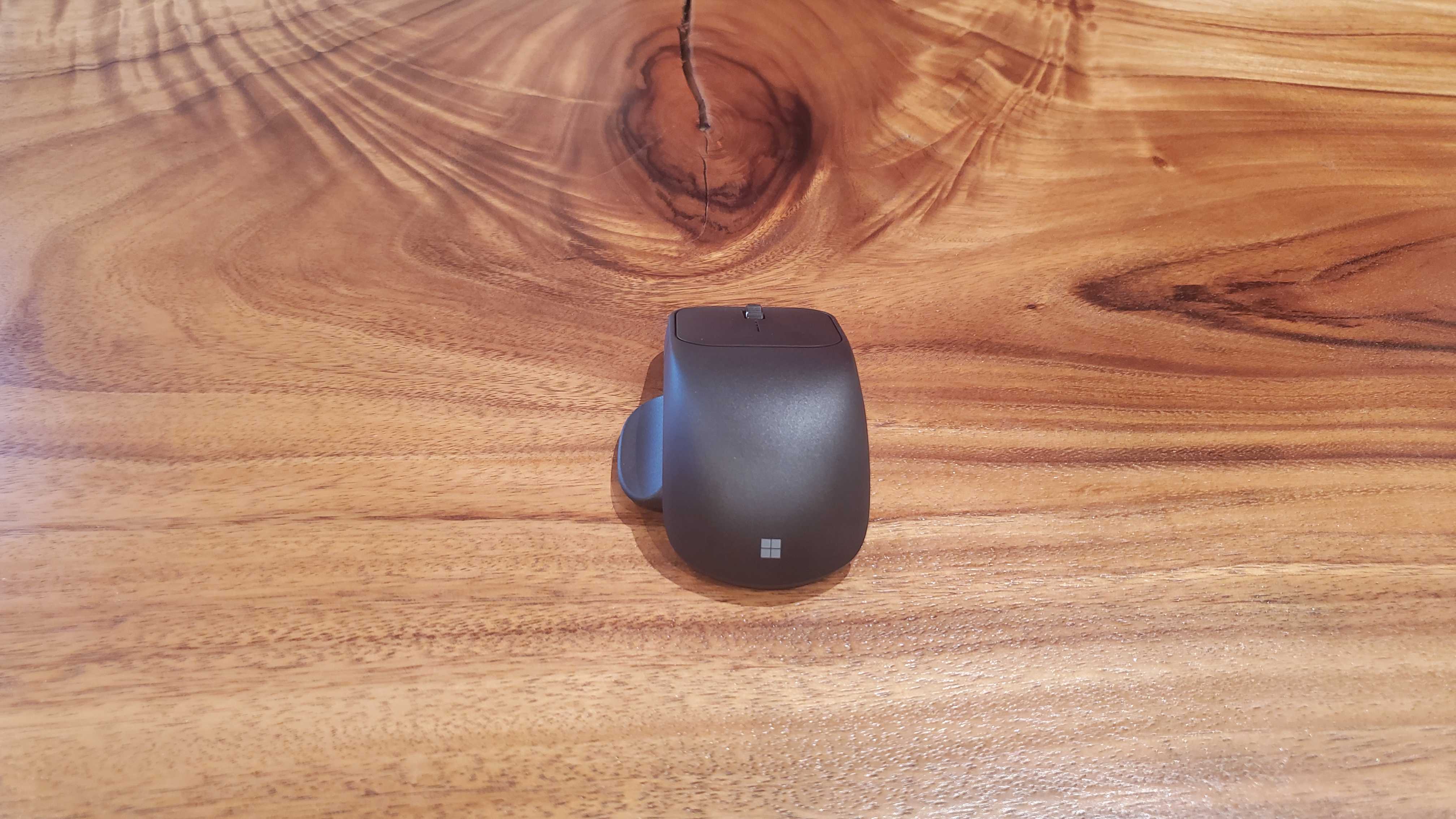

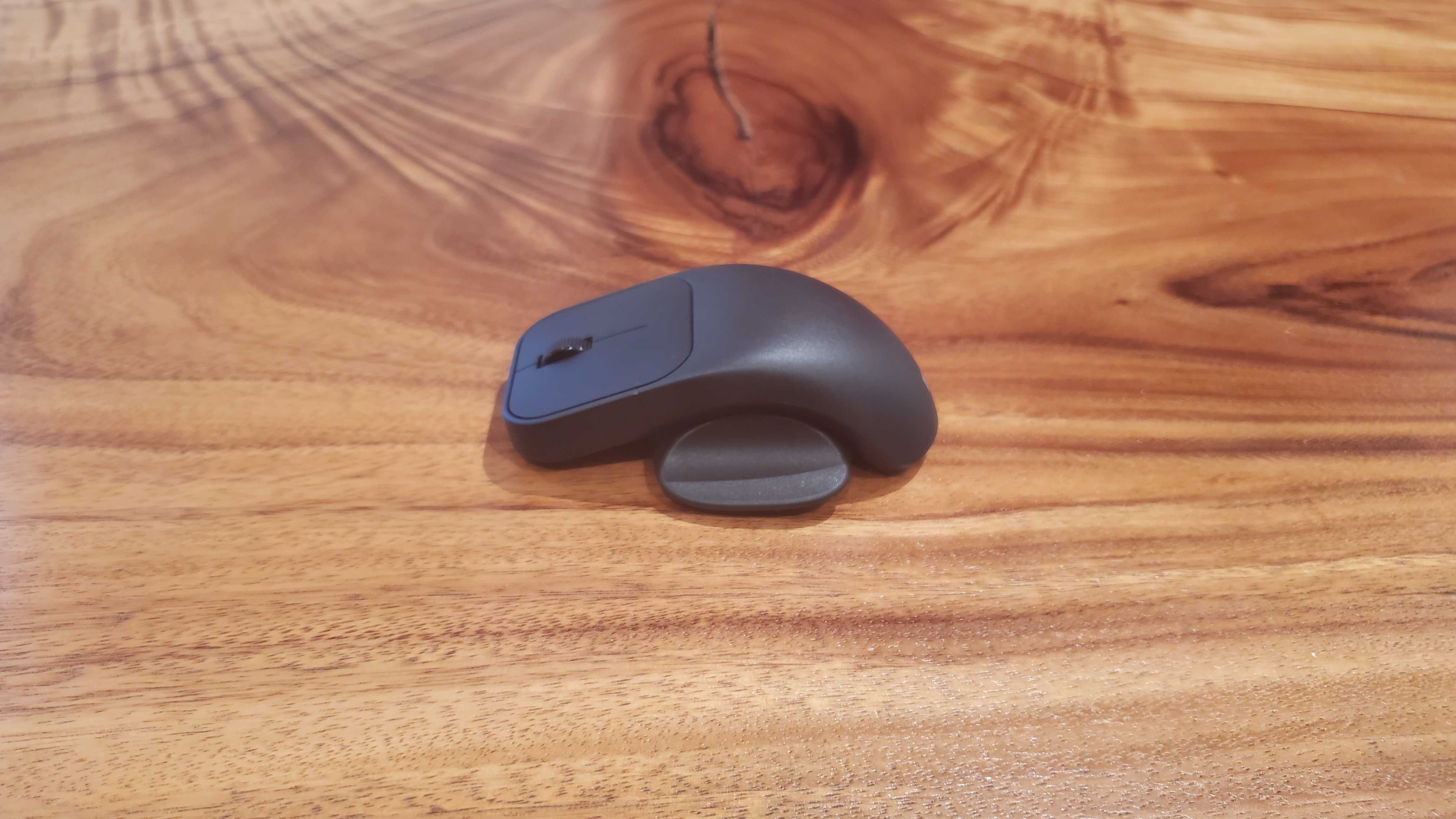
Microsoft Adaptive Accessories: Design and features
- Well-designed
- Material is affordable but not cheap
- Plenty of ports and Bluetooth compatible
The Microsoft adaptive accessories are 3D-printed, which makes both the materials and designs pleasantly simple. The devices are lightweight and small, making them easy to transport around. And yet they surprisingly don’t have that cheap plastic feel to them that plagues similarly small products, with well-made and sturdy forms and well-integrated tech.
The main devices are in all-black but some of the extra add-ons are in different and bright colors that work well to signify each accessories’ purpose. The add-ons, like the mouse tail and thumb support, are just as lightweight and well-built as the main accessories.
Each accessory has a USB Type-C port for charging and connecting, as well as Bluetooth capabilities when paired with smart devices, laptops, or PCs that are also Bluetooth-compatible. The adaptive hub also has several ports including three Type-C USBs and five 3.5mm switches.
- Design: 5 / 5
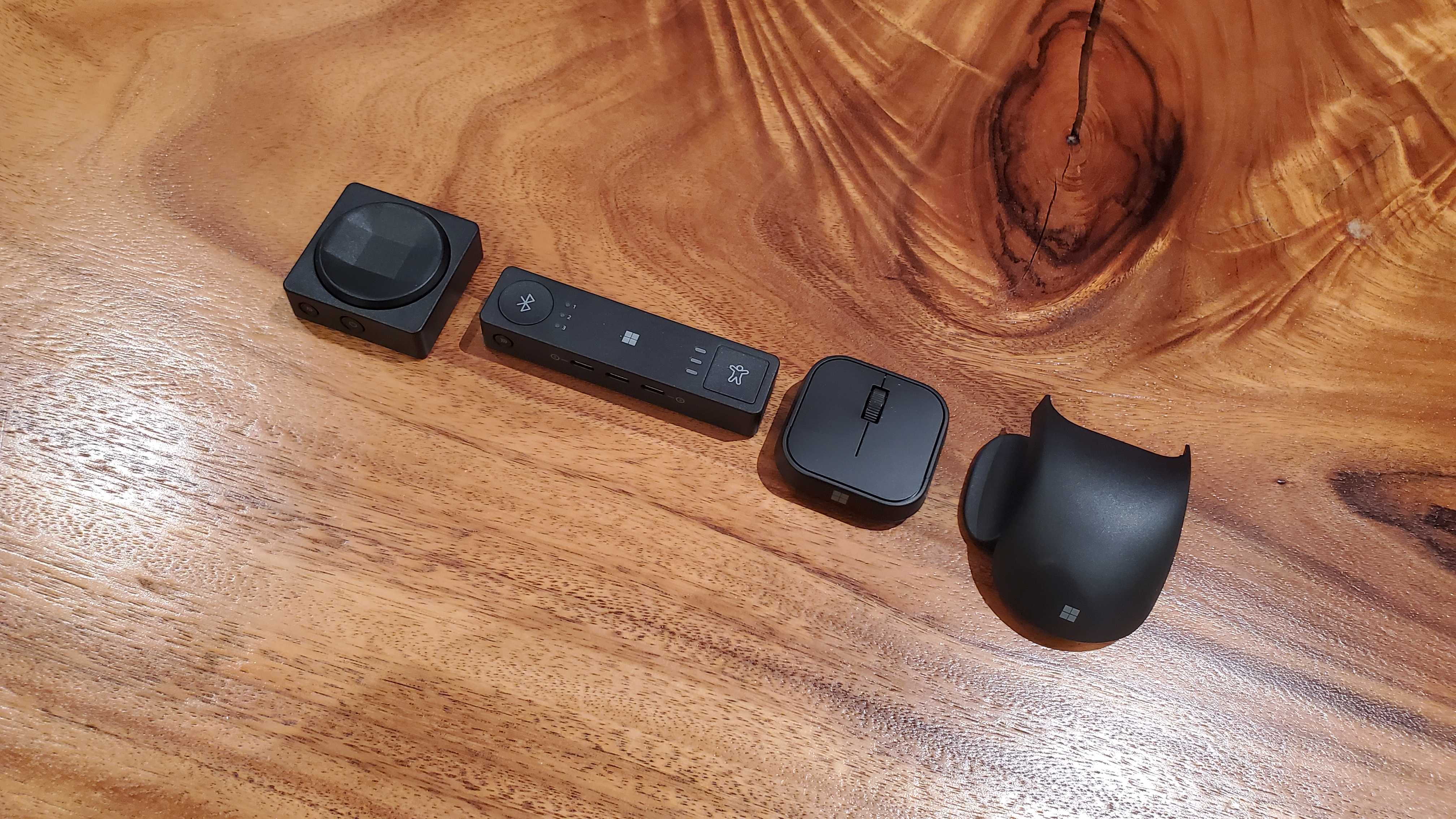
Microsoft Adaptive Accessories: Performance
- Easy to attach add-ons to main device
- Macros feature a host of options and combinations
- Works with smart devices too
The full suite of Microsoft adaptive accessories is able to combine with various other add-ons, allowing them to be customized to best suit the needs of the user. For instance, the adaptive mouse itself is flat and keeps the wrist flat as it’s moved, which is perfect for those with carpal tunnel syndrome or other conditions that require the wrist to be held still.
But other add-ons, like the mouse tail and thumb support, attach quite easily to the main device. The parts are fitted well and are of solid quality, so even if you put a bit too much pressure on them the pieces never feel on the cusp of breaking.
The adaptive D-pad is handy for both work and play, with the base design made for those with limited movement to either assign macros to each direction, and the add-ons letting you transform it into a joystick or dual button setup.
As for the macros themselves, they work quite well, allowing you to essentially create and assign simple strings of instructions to each of these adaptive accessories that range from repetitive mouse or keyboard strokes to opening up various applications.
There’s definitely a learning curve to setting and navigating all the possible options, as well as learning how to assign them to different profiles that can be switched between. The adaptive hub is a little more complex as well since it’s used as the base between several accessories and up to three profiles.
Our only issue is that due to the complexity of setting up these macros and even combining some of the add-ons with the accessories, there should have been clear instructions packaged with each device. Microsoft does have a surprisingly robust set of demonstrations and instructions, as well as a Disability Answer desk that includes American Sign Language and additional 3D-printing options from Shapeways.
But some people may need those hard copy instructions with large print and pictures in order to better understand how to put together the accessories and create macros for them, something that feels like a major oversight for a product designed for people with disabilities.
- Performance: 4.5 / 5
Should I buy the Microsoft Adaptive Accessories?
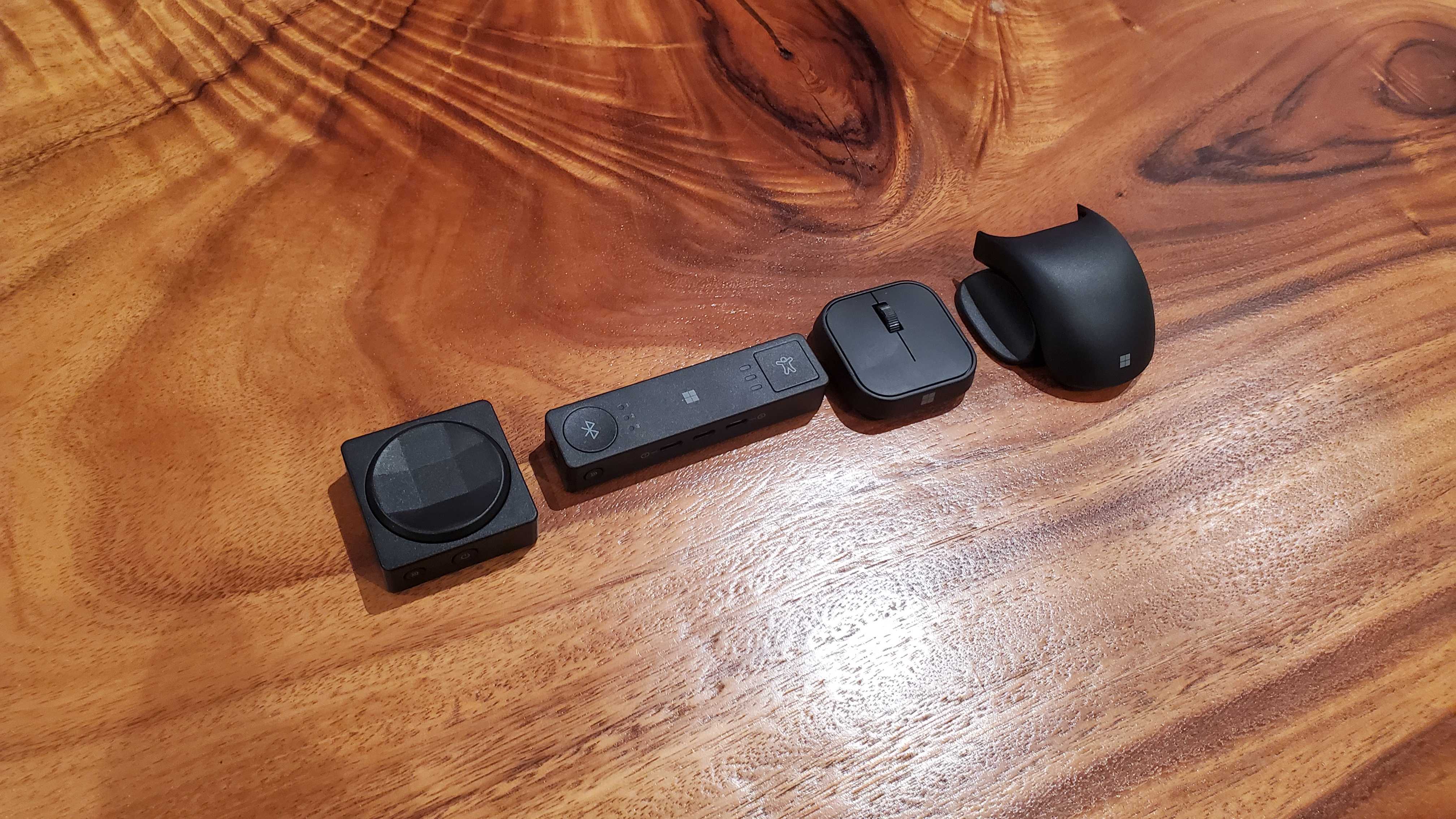
Buy it if...
Don't buy it if...
Microsoft Adaptive Accessories: Report card
How we test
We pride ourselves on our independence and our rigorous review-testing process, offering up long-term attention to the products we review and making sure our reviews are updated and maintained — regardless of when a device was released, if you can still buy it, it's on our radar.
- First reviewed December 2022
0 comments:
Post a Comment